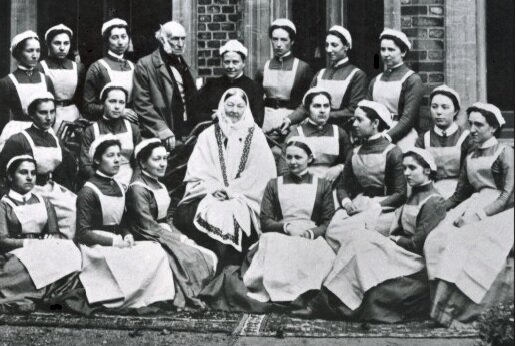Poor Data and Politics Plague U.S. Response to Pandemic
/By Roger Chriss, PNN Columnist
The United States’ response to Covid-19 is now more focused on partisan politics and reopening the economy than it is on public health. Before the end of this holiday weekend, the nation will likely surpass more than 100,000 coronavirus deaths – nearly three times more than any other country.
Back when Covid-19 was still the “novel” coronavirus, there was cause for optimism. In late January, Dr. Ashish Jha, Professor of Global Health at Harvard University, wrote in Health Affairs that "our health care system has capacity and expertise to handle a meaningfully larger caseload if necessary.”
Unfortunately, this is not what happened. Instead, Dr. David Shlaes writes in the American Council on Science and Health that the federal Department of Health and Human Services was "completely dysfunctional” and that the CDC guidelines for dealing with COVID-19 “defy logic and science.”
The article aptly carried this headline: “The Keystone Cops Vs. Coronavirus.”
Screwy Data
The state response has also been inept in places. Georgia was among the first states to reopen, based on what appeared to be a strong downward trend in new cases. But the Atlanta Journal Constitution reported that Georgia public health officials were using a misleading chart that appeared to show infections declining when they had actually only plateaued. There were also serious lags in data collection and processing.
In Florida, state scientist Rebekah Jones was apparently fired for refusing to manipulate data, according to USA Today. Jones reportedly refused to "manually change data to drum up support for the plan to reopen."
Virginia is also suspected of manipulating its Covid-19 data. The Atlantic reports that Virginia combined the results from viral and antibody tests into a single statistic, making it appear the state had a “more robust infrastructure for tracking and containing the coronavirus than its actually does.”
Other states are also massaging their data. Texas and Vermont have been combining the viral test results that show an active infection with antibody tests that show a past infection. The results may look impressive, but experts say they do not give an accurate picture of how the virus is spreading.
The Atlantic reports the CDC is also combining the data, “distorting several important metrics and providing the country with an inaccurate picture of the state of the pandemic.”
“It is terrible. It messes up everything,” Dr. Jha told The Atlantic.
‘Archaic’ Tracking System
Another reason the CDC’s coronavirus data is bad, according to Business Insider, is that it has to depend on states to collect and submit their findings. CDC Director Robert Redfield described his agency’s tracking system as “archaic” at a Senate hearing.
Some of the CDC’s coronavirus data is weeks old, according to CNN, “causing senior leaders at the agency to believe the current death count in the U.S. could be significantly higher."
Worse, the federal and state data do not match up. The Atlantic found that in 22 states, the CDC’s reported number of tests diverges from the number reported by the states by more than 10 percent. In 13 states, it diverges by more than 25 percent. In some cases, the CDC’s tallies “are much higher than what states are reporting; in others, much lower."
Poor data and the resulting policies may already be having consequences. Texas reopened quickly and has since seen a “massive jump” in new cases, particularly in the state’s panhandle. Similarly, cities in the Midwest are experiencing spikes.
The Hill reports that almost 80 percent of Americans live in counties where the virus is spreading widely, according to an analysis by the Brookings Institution.
The U.S. now risks losing the ground it gained in late March and April. May has seen little if any progress, and a second wave of the coronavirus is a virtual certainty in the fall.
We need timely, accurate data about the pandemic and a willingness to accept the data and respond quickly and effectively. Otherwise we’re just feeding the virus.
Roger Chriss lives with Ehlers Danlos syndrome and is a proud member of the Ehlers-Danlos Society. Roger is a technical consultant in Washington state, where he specializes in mathematics and research.






